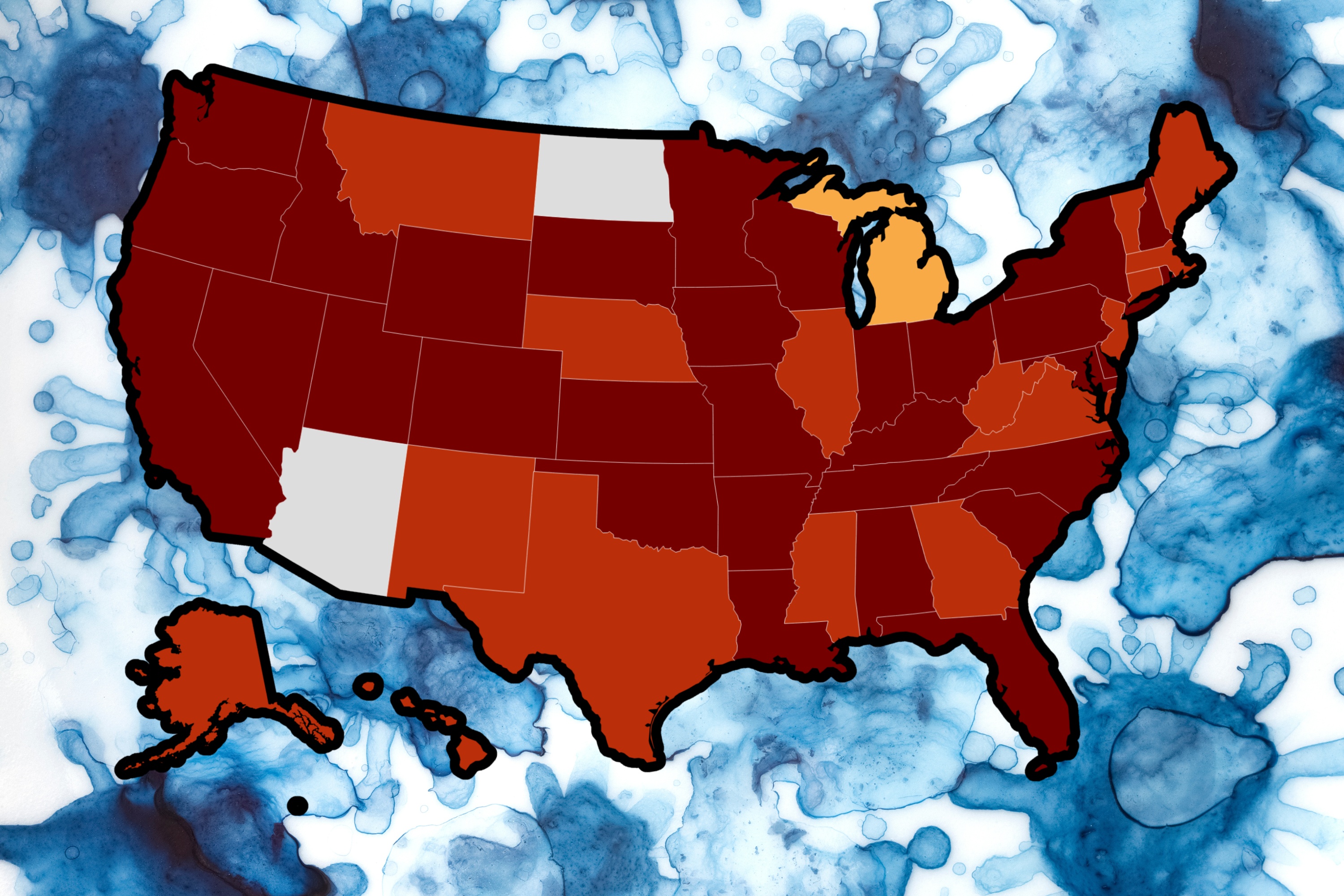Recent data from the Centers for Disease Control and Prevention (CDC) shows a notable rise in coronavirus levels detected in U.S. wastewater, with “very high” levels reported in 31 states as of August 29. This marks an increase from 27 states as of August 8 and just seven in mid-July.
Geographically, the Southern states are currently seeing the highest levels of detection, a shift from earlier in August when Western states were most affected.
The accompanying map illustrates the regional variations in wastewater detections across the country.
Elevated viral levels in wastewater commonly indicate rising infection rates, and this summer has seen an uptick in COVID-19 cases, largely driven by new subvariants known as FLiRT. The name comes from the specific mutations found in their spike proteins, which play a crucial role in how the virus enters our cells.
These mutations can help the virus evade our immune defenses, making it more adept at spreading. Currently, the dominant subvariant KP.3.1.1 constitutes over 40% of U.S. COVID-19 cases, with FLiRT variants making up more than 80% altogether, according to the CDC.
Additionally, in the week leading to August 30, positive results were reported in 17% of COVID tests conducted (excluding at-home testing), which is slightly lower than the previous week. This could suggest that the summer wave of infections might be slowing.
Despite the rising case numbers, hospitalizations have remained relatively stable. The FLiRT variants, while more transmissible, typically result in milder symptoms.
The CDC lists the following symptoms associated with these variants:
- Fever or chills
- Cough
- Shortness of breath
- Fatigue
- Muscle or body aches
- Headache
- Loss of taste or smell
- Sore throat
- Runny nose
- Nausea or vomiting
- Diarrhea
Individuals at higher risk for severe illness should take precautions and self-isolate if they test positive for COVID-19.
